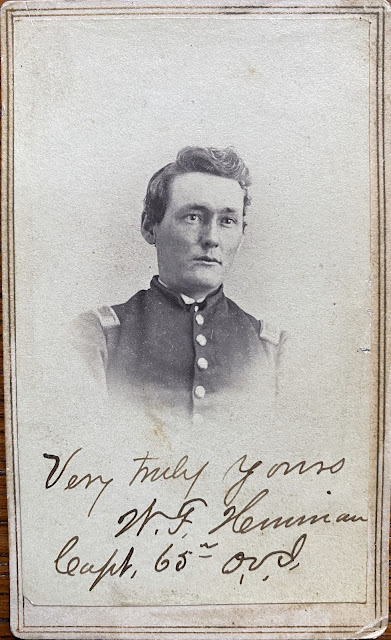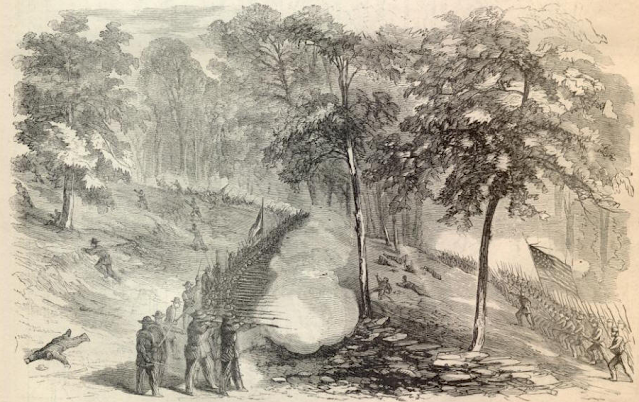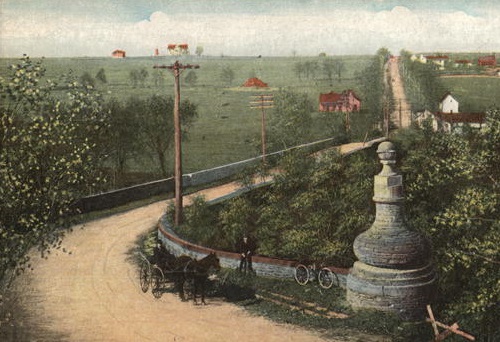A ll through the night of September 18 th and into the early hours of September 19, 1863, the tired men of General John Turchin’s brigade marched north along the Glenn-Kelly Road, moving towards Chattanooga. “Our way the entire distance of about 12 miles was lighted by burning fences, all of which on each side of the road, were in a blaze,” remembered Chaplain William W. Lyle of the 11 th Ohio. “The mountains on either side could occasionally be seen illuminated by the cold, wind which lifted up the heavy, dark cloud of smoke which hung above us. The stars seemed to shine with a pale, ghastly hue from out the reddish sky.” After a short rest and quick breakfast, the brigade again moved out, marching north while the sounds of battle echoed in the dim distance. Around 8 o’clock, the brigade halted near the Dyer Tannery near Glenn-Kelly Road and prepared to go into battle. Chaplain Lyle, “feeling anxious to have one more opportunity of speaking a word of encouragement” to his comrades...














